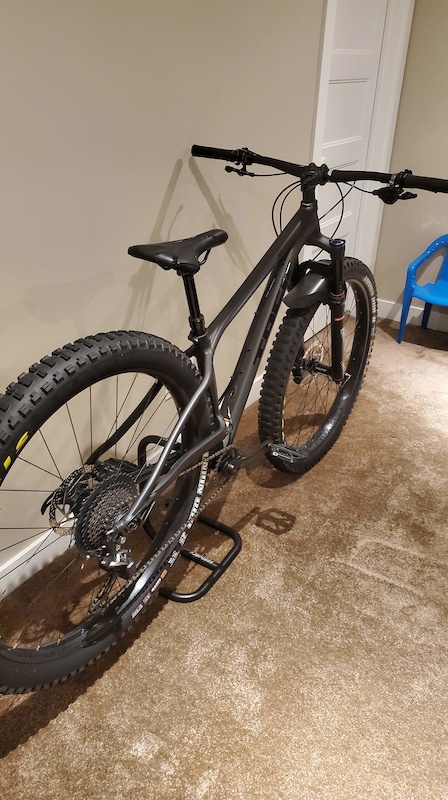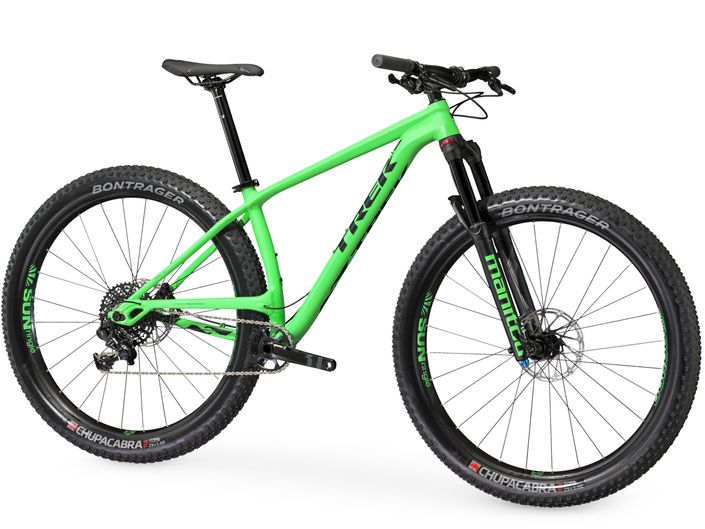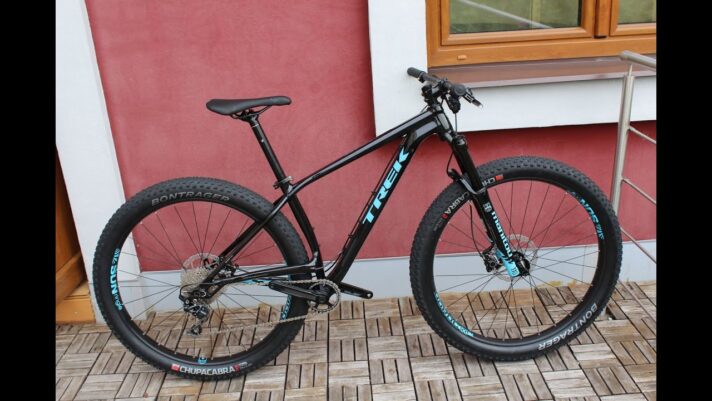

We know this because with a 3” tyre you’ll be scraping the sidewalls of the tyre against lots of stuff on the trail, but despite this, the Chupacabra remained intact throughout the review. The result of the project was the Bontrager Chupacabra, a 3” tyre that weighs just 860 grams! Despite the light weight, the Chupacabra is tubeless ready, and the sidewall protection was high. We were lucky to chat with Trek’s Travis Brown where we discussed the Stache, and he summed up the decision to go with 29+ wheels by saying ‘if you’re the type of rider willing to take a small weight penalty for a lot of extra control and traction, and the ability to run low pressures, we came out with the 29+ to be superior.’Ģ9+ wheels with 3” tyres must be heavy right?Īt first glance, you would presume that the Bontrager Chupacabra tyres would weigh significantly more than regular tyres, however, one of the key aims of the Stache project (which was entitled ‘project weird’) was to create a lightweight 29×3.00 tyre. While the Stache is never going to feel like a dual suspension bike in choppy terrain, setting up the monstrous Chupacabra tyres tubeless and with the pressures low the bike has excellent small bump compliance. The second advantage of 29+ tyres is the small bump sensitivity that can be achieved by running the voluminous tyres at lower pressures.
#Trek stache 7 2017 review Patch
Firstly, with a bigger contact patch you’ve got more grip on the ground in virtually any condition than a goanna scaling a tree. I highly recommend you talk to your local Trek dealer about a demo because the total package creates an experience, and value, beyond the sum of its parts.An increased contact patch is beneficial in two main ways. If the Trek Stache looks like a bike that would be fun where you ride then it's probably one of the most fun bikes for where you ride. We're well over a decade removed from the idea that everyone needs a burly bike with lots of travel and as much as I'm passionate about hardtails with bleeding edge slack head tube angles, hugely aggressive (slow rolling) tires and DH brakes, I recognize that that's not an ideal setup for most places. Maximizing the Stache experience is all about being honest about where and how the bike will be ridden. Or maybe call it $3000 (USD) with an X-Fusion Manic dropper post and the air system in the fork upgraded to Manitou's awesome Dorado air system. It is dialed out of the box and I think it offers a lot of value for $2700 (USD). Location dependent I could definitely see it being my only bike - with a 3" DHF 3c on tap for road trips and I know a lot of riders for whom it would be a great second bike. It sacrifices some level of intuitiveness for a very clean appearance and excellent performance and after I'd used it once it was fast to adjust the wheelbase at home in the shop.

I did play around with the Trek's wheelbase via their Strangehold system. This is unfortunate because the conditions where it shines parallel perfect trails for one gear riding.
#Trek stache 7 2017 review driver
Unfortunately, the stock XD driver wheel and a lack of a Boost replacement of sufficient rim width prevented me from testing the Stache as a single speed.

The ultimate mix of traction, support and comfort comes from airing the tires down until they feel a bit squirrely pushing into corners and then adding a few pumps of air at a time until they don't. At this point, I was bottoming the ultra supple Chupacabra tires onto the rims more often than I would have liked on my personal bike but the ride quality was excellent. With the Huck Norris system installed I kept the air pressure in the same zone and rode on with a feeling of impunity. The Chupacabra tires perform best with pressure in the mid-to-low teens.


 0 kommentar(er)
0 kommentar(er)
